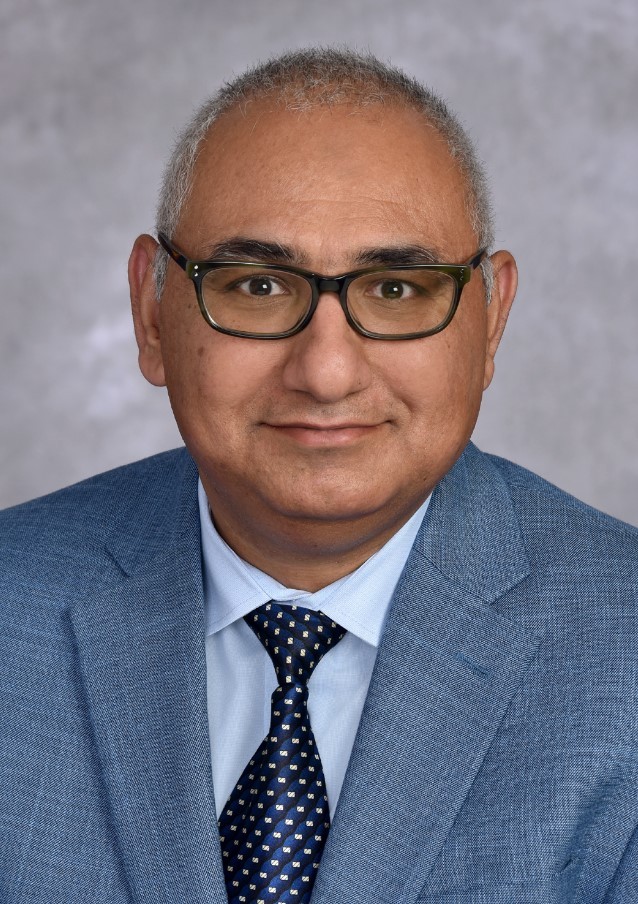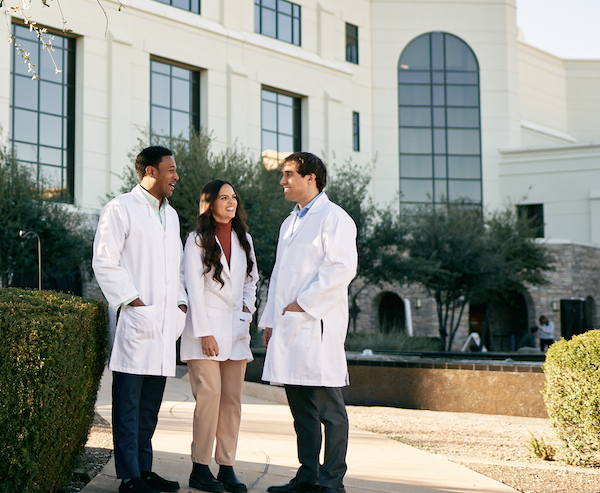Family Medicine Residency Program
Dignity Health’s family medicine residency program, located in Phoenix’s beautiful East Valley, is built on humankindness and driven by the latest innovations in residency education models, technologies and research.












